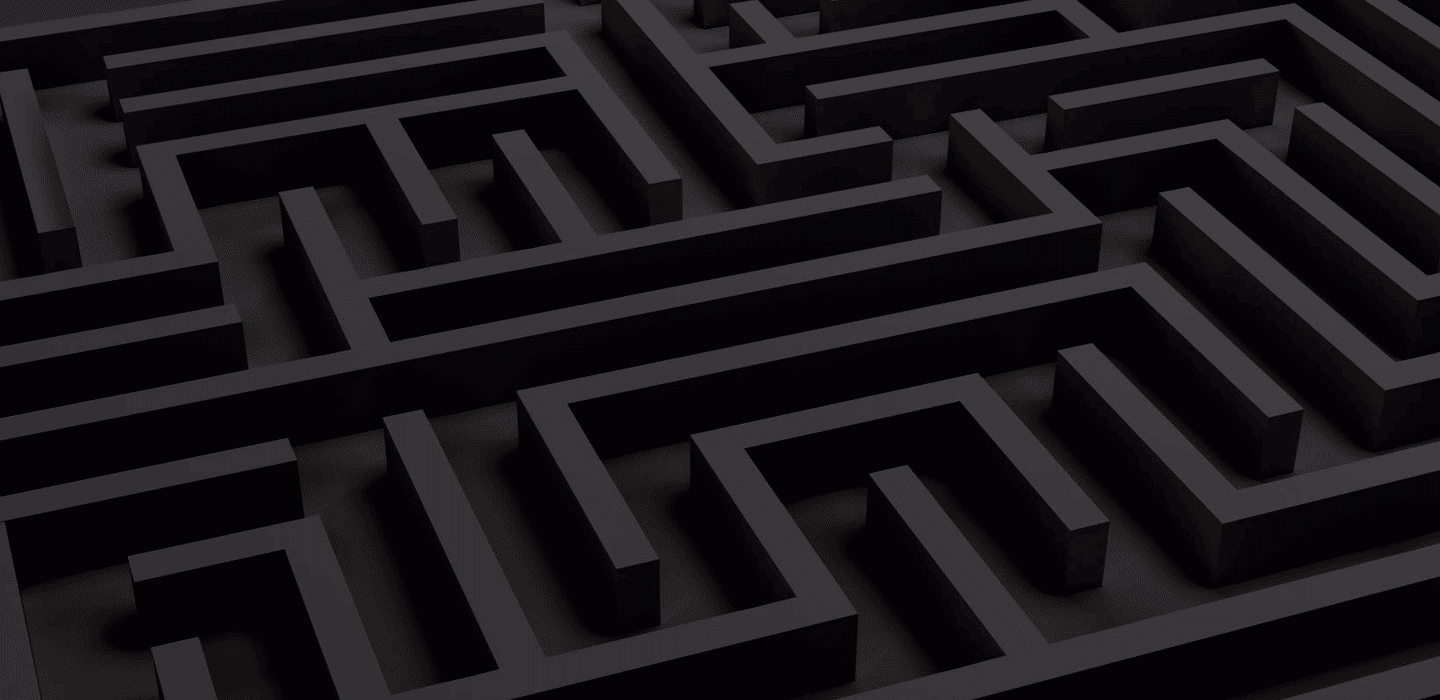Personal Injury Lawyer Kentucky
Free Consultation & No Fee Guarantee
You don’t pay unless we win your Kentucky personal injury case! Call now: (502) 584-9511
Types of Personal Injury Cases Handled
- Car Accidents
- Truck Accidents
- Motorcycle Accidents
- Bicycle Accidents
- Pedestrian Accidents
- Dog Bites
- Slip and Fall Accidents
- Nursing Home Abuse
- Sexual Assault Victim Lawsuits
- Traumatic Brain Injury Cases
- Wrongful Death & Fatal Accident Cases
- Child Accident Injuries
Do I have a Kentucky Personal Injury Case?
Anytime you have been injured through no fault of your own, you should contact a personal injury attorney to discuss the facts and your particular situation. A personal injury case can range from a car accident to dog bites. There are two parts to a personal injury case. One is liability and the other is damages. Consulting with a Kentucky personal injury lawyer can help you easily navigate the confusing civil court structure in Kentucky.
Liability in Kentucky Personal Injury Cases
Liability deals with the cause of the injury. In other words, how did the accident or personal injury happen? If you are the cause of your injury, you likely do not have a case. If someone else caused your injury, whether intentionally or negligently, you may have a case and should contact a personal injury attorney. There may also be a disagreement as to who is at-fault. If this is the case, and you may be partially to blame for your injury, you still may have a case. However, your damage would be adjusted. This is called contributory negligence.
Damages in KY Injury Cases
Damages are the other part of a personal injury case. You must be injured in some way, not your car or property, but you personally. These damages include pain and suffering, lost wages, medical bills, lost services, etc. When I evaluate a case, I rely on other factors such as:
- The client’s likeability as a witness
- Their credibility
- The facts of the accident giving rise to the case
- The extent and permanency of the injuries
- The client’s age
- Whether the client missed time from work
- The identities of the at-fault insurance company and its defense attorney
- Specific legal or evidentiary issues involved in the case
- The county or venue
- Whether the case has been or will be filed in court
- The personal injury settlement amounts and verdicts for similar types of cases that I and other Kentucky personal injury attorneys have obtained in the past
Every injury case is unique
No two cases are alike, even if the accident or injuries involved are nearly identical. The evaluation of two cases that appear similar on the surface may produce vastly different evaluations and results. Evaluating personal injury cases takes a lot of knowledge, experience, and some plain old intuition. Without this experience and training, you may be at a serious disadvantage when negotiating with the insurance adjuster. Unless you are in the business of evaluating and settling personal injury cases for a living, you should look to a Kentucky personal injury attorney for guidance.
How much is my Kentucky personal injury case worth?
Usually, the value of a personal injury case cannot be determined until you are released by your doctors or your treatment has ended. Even then, the value that you put on your case will be different than the value an insurance adjuster or jury will place on it. The personal injury settlement value is a negotiated amount that is reached by an agreement between the parties. If there is no agreement, a jury will determine the value.
What determines the value?
At the beginning of the case, there are too many questions that are left unanswered. Proving the accident is not your fault is also important. You must prove that the injuries you sustained were caused by the accident. Any question as to whose fault the accident was will lower the value of your claim. To give an accurate assessment of what the value of a personal injury case is you must:
- Have insurance information
- Assess the strength of liability
- Review and analyze all medical records
- Know what the injuries are
- Know how the accident has affected you
- Know the permanency of any injury
When do you assess the value of a case?
It’s difficult to assess the value of a case at the beginning of the process. You need to wait until the end to find out what the real long-term consequences of the accident are on your life. That is, whether or not you are going to recover or have permanent problems. Only then is it time to assess the value of your accident case. At that point in time, a personal injury attorney will put a value on your pain and suffering, medical bills and loss of power to labor and earn money.
The Kentucky Trial Court Review
A valuable tool for Kentucky attorneys is trial experience. Mike Schafer also uses The Kentucky Trial Court Review (KTCR) which is put out every year. Since 1999, the KTCR has been summarizing every civil jury trial that has been tried in Kentucky. These summaries of verdicts are a tool that The Schafer Law Office uses to help assess the value of a case, which is an accident victim’s pain and suffering. By comparing a case with similar fact situations, they can get an idea as to what jury has awarded similar circumstances. However, this is not the final answer as every case is unique.
What You Can Expect from the Kentucky Personal Injury Lawyers at The Schafer Law Office
I believe that an informed client is a happy client. Being informed is knowing what to expect during the process of your personal injury case. I can’t tell you what every personal injury attorney does, but I can tell you what I try to do for my clients. Keep in mind that every case is different, but most clients can expect me to:
- Educate them on the personal injury claims process and the litigation process.
- Obtain all written records and documents that are needed to develop and support their claim. This includes, but is not limited to, medical records, the police report and employment records.
- Conduct an investigation of the facts surrounding the accident. I will obtain witness statements, photographs, diagrams and other physical evidence.
- Review your automobile insurance policy to determine what coverage is available to you to compensate you for your damages, like medical, hospital and wage loss benefits. Additionally, uninsured/underinsured motorist coverage is looked at to see if they are applicable to your accident.
- Review the medical records from your doctors and meet with them when necessary. This can be done in person or telephonically.
- Retain experts and then obtain reports when needed to support your claim for damages and/or liability.
- Analyze legal issues and advise on those issues as they arise in your case.
- File the necessary forms with the at-fault insurance company and the client’s own insurance company, including PIP applications.
- Analyze your health insurance policy and/or governmental benefit plan (such as Medicare or Passport) to determine whether any money paid by that policy is required to be reimbursed.
- Contact and maintain contact with the insurance company about your claim to help ensure adequate reserves are set aside for the potential settlement of your claim.
- Conduct negotiations with the insurance adjuster in an attempt to settle your claim, before litigation.
- When a lawsuit has to be filed, I will prepare and draft the Summons and complaints to be filed in Court.
- Confirm the address of the Defendant for personal service of the Summons and Complaint.
- Draft written questions for information from the other side (called Interrogatories and Requests for Production of Documents).
- I will help you respond to interrogatories sent by the defendant.
- I will prepare you for your deposition.
- Prepare for and conduct the deposition of the Defendant and any other witnesses that are necessary.
- Meet with your doctors to prepare for their deposition whether it is a defense deposition or their trial deposition.
- Prepare and take the deposition of the Defendant’s experts, including medical experts.
- Prepare you for a medical examination by the Defendant’s doctor, called an Independent medical Exam.
- Review your medical records and billings.
- Hire experts to support and prove your claim when necessary. These include other physicians, economists, engineers, vocational experts, etc.
- Review and analyze expert reports about your case.
- File all documents in Court as required by the Judge’s Trial Order, including witness lists, exhibit lists, trial memorandum, jury instructions, motions in limine, etc.
- Meet with and prepare you and other witnesses for trial.
- Create and prepare exhibits for trial.
- Organize records and other documentary evidence intended to be introduced at trial.
- Prepare for mediation when ordered by the Court or agreed to by the parties.
- Research and write briefs and file motions with the Court when required.
- Perform or participate in mock trials or focus groups to prepare for trial when deemed necessary.
- Try the case before a judge or jury.
- Write briefs or motions following the verdict to obtain post-trial relief, including motions for attorney fees, or to overturn the verdict.
- Analyze the trial record to determine if an appeal is warranted (if the trial is a loss).
- Research and write briefs and motions if the appeal is filed.
- Negotiate subrogation claims asserted by the client’s insurance company or governmental agency that provided benefits to client.
Free Kentucky Personal Injury Consultation
Don’t forget that if you were injured and it wasn’t your fault, there is a good chance you have a personal injury case. You never know what you could get, so be thorough in choosing the right Kentucky personal injury attorney. The Schafer Law Office in Louisville, KY gives a free consultation so that you can get an answer to your questions without worrying about how to pay for an attorney. Call us today at (502) 584-9511




